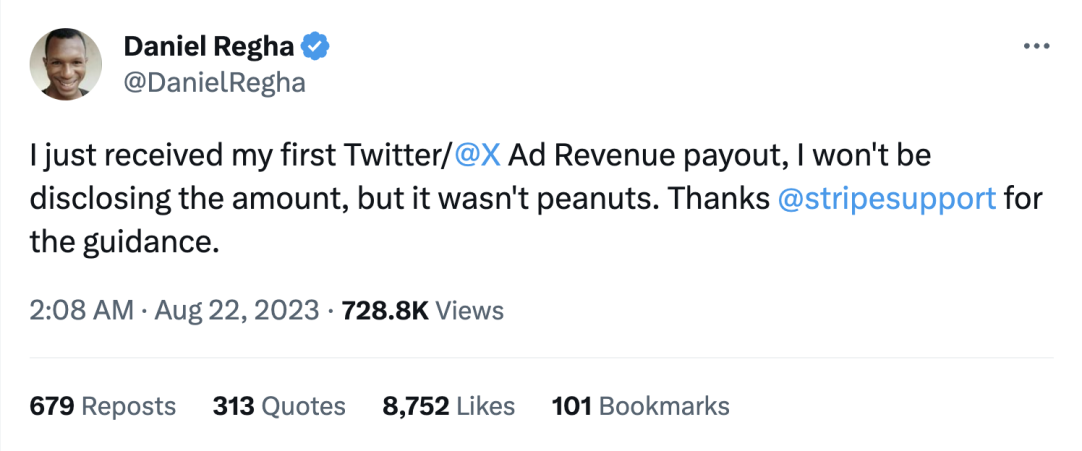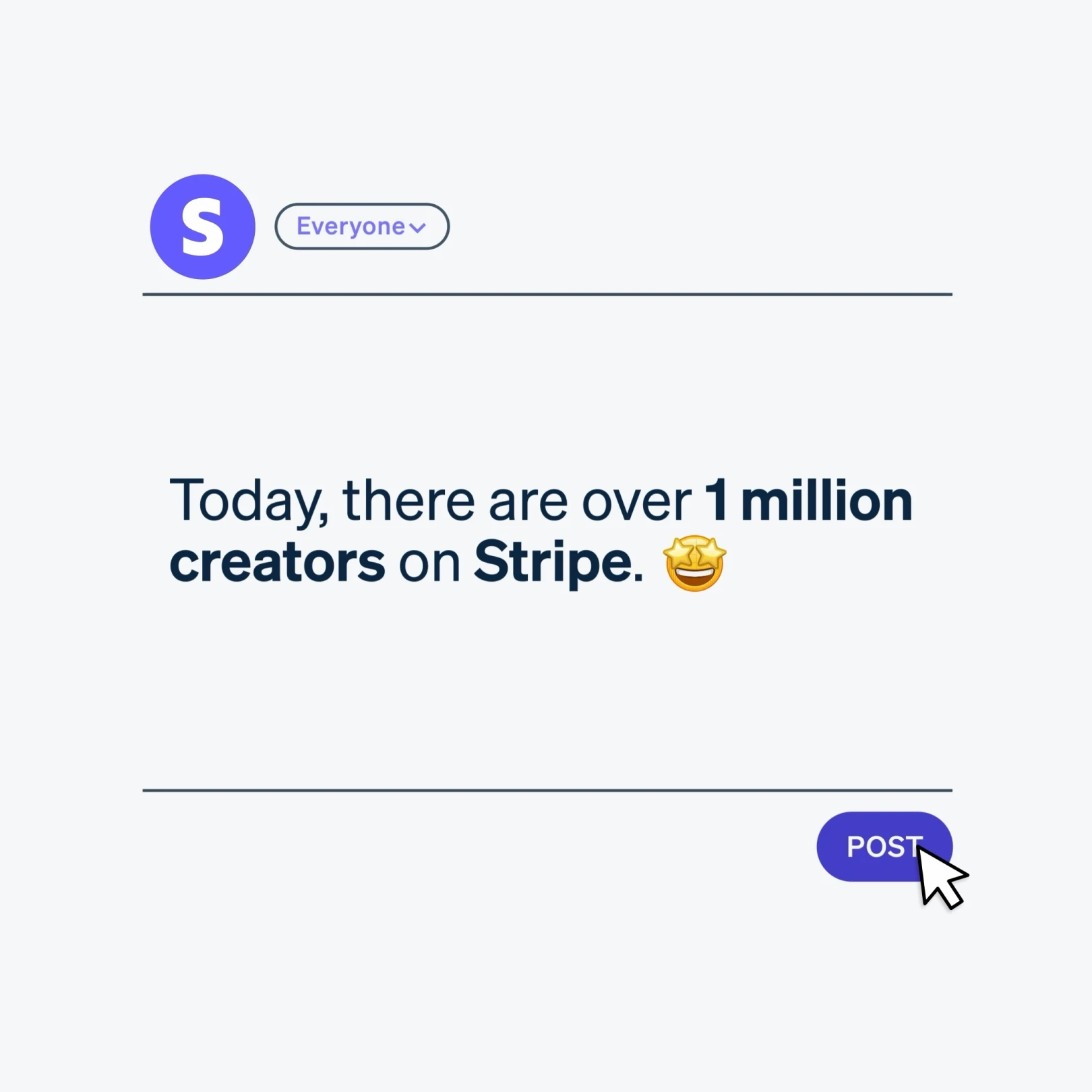The creator economy goes global
Two years ago we wrote about a phenomenon called the creator economy. At the time, there was reason to think it might be peaking. The pandemic had spurred a spike in online creators monetizing hobbies and passions with newfound time. New creator platforms had sprung up to capitalize on the trend, many with backing from prominent venture capital funds. Since then, funding for creator platforms has dipped, and technologies like crypto and AI have taken the spotlight. The creator economy hype cycle has reached its trough of disillusionment.
Stripe data paints a different picture: of a creator economy that has evolved but is still thriving. We’ve seen this evolution up close, as many of the largest creator platforms use Stripe Connect to onboard creators and pay out funds around the world.
In 2021, we aggregated data from 50 popular creator platforms on Stripe and found they had onboarded 668,000 creators who’d received $10 billion in payouts. We refreshed that data in 2023 and found something surprising: the creator economy is still growing about as fast as it was in 2021. Today, those same 50 creator platforms have onboarded over 1 million creators and have paid out over $25 billion in earnings.

Increasingly international
The creator economy sprung to life in the US, but it’s now indisputably global. The rate of new creators coming online is slowing in the US (now 25% slower year-over-year) but accelerating everywhere else. The fastest-growing creator countries on Stripe are Thailand (where Stripe launched last year), Brazil, and Romania. And Europe and the Middle East have doubled their share of creators—from 11% when we last looked to 22% today.
“In 2012, Ko-fi started as a weekend project to let developers accept contributions of coffee,” said Simon Ellington, cofounder of Ko-fi, a UK-based Connect platform. “Since then, creators have signed up from six continents. They’re accepting tips for PlayStation streams and selling online jazz club memberships. Creators are now earning $100 million a year on Ko-fi. Last year, that number was less than half.”
In 2021, 85% of creators lived in North America; that percentage is 72% today. Last month, we saw the first creators from Tanzania, Mozambique, and El Salvador start monetizing. This year, X started a new monetization program to share ad revenue with creators, which sends Connect payouts to creators in over 115 countries.

A Nigerian X creator
Creator educators and subscriptions are surging
Many platforms gear their tools for specific skill sets, like Kajabi, Teachable, and Thinkific, which help creators sell online education courses. Latrina Walden is a double board-certified nurse practitioner who has helped 5,000 prospective healthcare workers pass nursing exams through Thinkific. These education platforms increased their revenue 120% over the last two years and represent the largest creator category by revenue.
Monthly subscriptions are also becoming a popular way for creators to earn reliable income. Instead of receiving a biweekly paycheck, they can plan for the future with monthly recurring revenue (MRR). Consistent with what we observed in 2021, creators based in Asia Pacific seem to gravitate toward this model and earn some of the highest MRR. Year-over-year, creators in Hong Kong and Japan saw the second and third fastest-growing MRR, behind only creators in the US. Hong Kong creators also had the highest average MRR at $6.6K, followed by the Netherlands ($3.2K), and the UK ($2.6K). That said, for the majority of creators, the income is supplemental to other work rather than their only job. The percentage of US creators earning a US living wage is 2.8%, down from 4% in 2021.
As platforms add more monetization features and expand availability to all corners of the globe, the creator economy has a lot of room to run. The focus may have moved on to crypto and AI, but these industries aren’t mutually exclusive. Last week, Runway launched a program to equip creators with AI video tools. And yesterday, Braintrust expanded their capabilities to allow freelancers around the world to get paid in crypto. We believe the creator economy is still strong, and in some ways stronger than ever because it’s now part of the wider global economy. We remain inspired by these new entrepreneurs and will continue to build smoother onboarding flows and faster ways to receive funds to help them earn more doing what they love.

